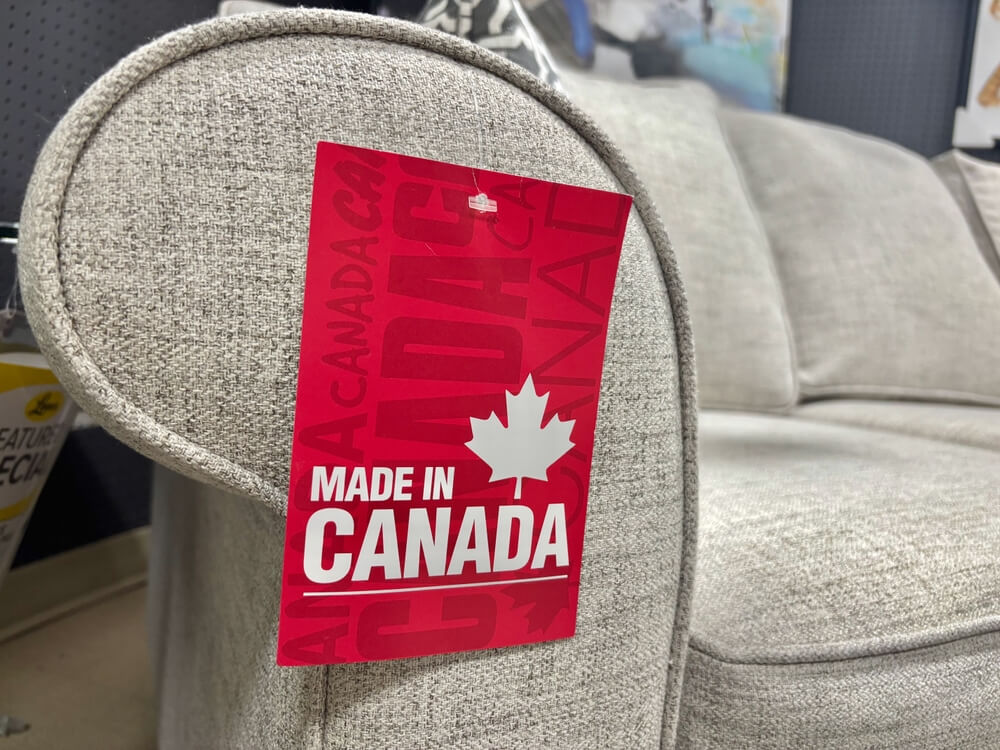You'll be
redirected in a few seconds. Please don't exit this window.

If you are not redirected within 30 seconds, please click here to continue.
Québec
If you are looking for a car insurance quote in Québec, you will be directed to
Click Insurance, where you will be able to compare quotes from top insurance companies in that province.
You'll be
redirected in a few seconds. Please don't exit this window.
Motorcycle Insurance
If you are looking for a motorcycle insurance quote in Ontario, you will be directed
to NFP Insurance, where you can compare your options with a licensed insurance professional.
Nous sommes là pour vous
aider
Malheureusement, notre site n’est pas en capacité de vous proposer une soumission en
ligne en français pour le moment. Toutefois, vous pouvez nous contacter afin qu’un agent francophone
vous assiste dans votre recherche du meilleur prix.
1-888-854-2503
Lundi – Vendredi: 8h - 20h HAE
Samedi: 10h – 16h HAE
Samedi: 10h – 16h HAE
You'll be
redirected in a few seconds. Please don't exit this window.

If you are not redirected within 30 seconds, please click here to continue.
Québec
If you are looking for a car insurance quote in Québec, you will be directed to
Lussier Insurance, where you will be able to compare quotes from top insurance companies in that
province.
Québec
Si vous recherchez une soumission pour une assurance auto au Québec, nous allons
vous connecter avec l’un de nos partenaires dans ce secteur.
Québec
If you are looking for a property insurance quote in Québec, you will be directed to
Click Insurance, where you will be able to compare quotes from top insurance companies in that province.
Québec
Si vous cherchez un devis d'assurance habitation au Québec, vous serez dirigé vers
Click Insurance, où vous pourrez comparer les devis des meilleures compagnies d'assurance de cette province.
You'll be
redirected in a few seconds. Please don't exit this window.
If you are not redirected within 30 seconds, please click here to continue.
If you are looking for a travel insurance quote and reside in Québec, you will be
connected with one our dedicated insurance partners offering quotes in that area.
Compare life insurance quotes
If you are looking for a life insurance quote, you will be directed to
LowestRates.ca, part of the RATESDOTCA Group Ltd family of companies, where you will be able to compare
quotes from top Canadian insurance companies.
Credit Card Rewards & Loyalty Program Stats

By Penelope Graham
December 14, 2009
Penelope Graham
December 14, 2009
Table of Contents
The Toronto Star's Dana Flavelle, continued her reports on the Canadian credit cards industry with an article on reward and loyalty programs. Here are the most interesting facts from it:
- Collectively, there are 114 million active members of rewards programs in Canada, according to Colloquy, the market research arm of LoyaltyOne, the group that owns the Air Miles program.
- That's more than four rewards programs for every man, woman and child in the country.
- Many loyalty or credit card rewards programs are part of a retailer's marketing program. Retailers pay to join Air Miles because it helps drive cardholders to their stores. Shoppers Drug Mart uses its Optimum card to attract customers and push selected merchandise by doubling or tripling the points on those items. These kinds of loyalty programs make up about 80% of the rewards program market in Canada.
- The Consumers Association of Canada opposes anything that would reduce the value of rewards programs, such as caps on credit card interest rates and fees.
- Nearly 50% of Canadians use a credit card simply because it offers rewards, citing first points, then flights and finally cash as their preferred rewards, according to Chicago-based research firm Mintel International Inc.
- Retailers say there is a fundamental problem in the way credit card programs are funded. They foot the entire bill but they do not derive all the benefits and say they have no ability to negotiate the rates.
- "I can tell you, without a doubt, that all of the credit cards that come with rewards programs are fully paid for by the merchants," says Diane Brisebois, president of the Retail Council of Canada. The council estimates such fees now cost merchants $4.5 billion a year, or roughly 2% of the value of every purchase. That amounts to nearly $400 per household, assuming these costs are passed on to consumers in the form of higher prices.
- The Bank of Canada concluded credit cards have become the most expensive form of payment for merchants. The average debit card transaction costs 12 cents, but a credit card transaction costs 2 to 4% of the value of the sale, according to the central bank.
- The new premium cards, such as Visa's Infinite card, come with more perks for consumers but cost merchants more to accept.
- Retailers say these cards now represent 25% of the value of all transactions and have a huge and unpredictable impact on the fees they face at the end of the month.
- The bankers' association says premium cards represent just 9% of their credit card accounts and benefit the merchant by bringing in higher net worth customers.
- Add in other interchange changes and these new premium cards helped boost processing fees more than 10% for Visa and nearly 20% for MasterCard in the 12-month period ending last February, retailers say.
- The credit card companies dispute the retailers' figures, saying they have raised rates for some types of transactions and lowered them for others so the overall impact is neutral. The retail council says the new rates are designed to boost credit card use in grocery stores, gas stations and coffee shops where consumers prefer to use cash or debit.
Interchange rates & fees
- That's because merchant "swipe" fees are based largely on something called the "interchange rate." Credit card companies say interchange keeps the system running smoothly. In a two-way network, where both sides have to agree to participate, it ensures banks have an incentive to issue cards to consumers, and merchants have an incentive to accept them, they say.
- The fee is collected by the merchant's bank and paid to the cardholder's bank to compensate the card issuer for the cost of bringing cardholders into the system, the credit card companies say.
- "Interchange is determined by MasterCard and makes up part of the fee paid by the merchant," Kevin Stanton, president of MasterCard Canada, told a Senate committee hearing earlier this year.
- Merchants and small business owners say the system encourages a weird form of reverse competition in which credit card companies compete for the banks' business by raising the interchange rate at the merchants' expense.
- This wasn't a problem as long as merchants felt the rates were reasonable and negotiable, Brisebois says. That's no longer the case.
- Ever since most of Canada's banks outsourced their merchant-acquiring business to third parties, it's been a lot tougher for merchants to strike deals on credit card processing fees.
- "The merchant used to deal directly with the branch manager of their bank. The merchant could negotiate with the manager, who wanted to keep the merchant's banking business," Brisebois explains.
- The situation took a turn for the worse after the credit card companies fiddled with their interchange rate structure and introduced a new class of "premium" cards. After years of relatively steady, predictable fees, both Visa and MasterCard expanded the number and kind of rates retailers pay from two or three rates to between 19 and 21.
Get money-saving tips in your inbox.
Stay on top of personal finance tips from our money experts!










